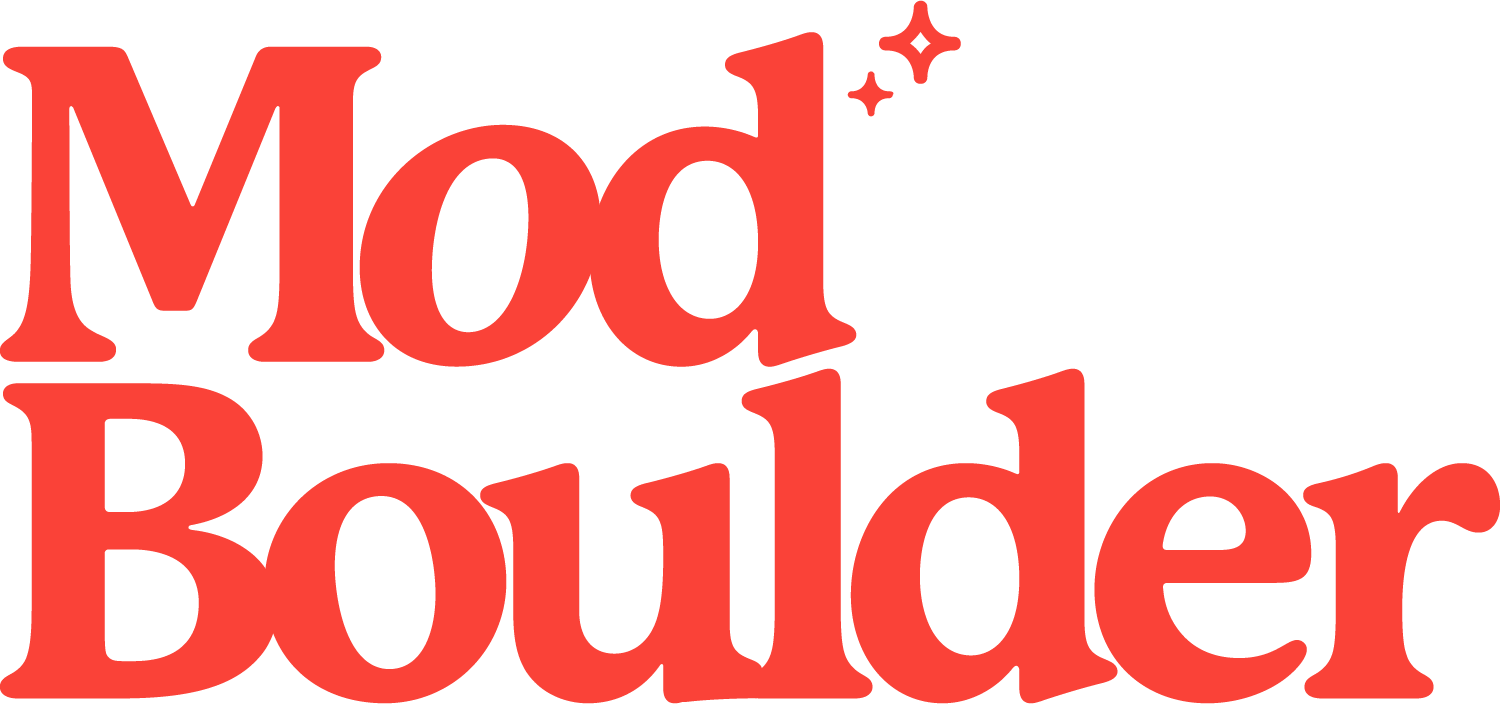What’s Your Home’s X-Factor?
The most-asked question for any agent is, “How’s the market these days?” We often respond with insights on current market conditions, mortgage rates, appreciation statistics, and predictions on whether the bubble will burst. (Spoiler alert: it always does.)
The thing is, instead of pontificating about general market analyses, our response should be, “Well, where do you live?” Then the conversation should drift into your home’s square footage, floor plan, finish level, lot size, and so on. Why? Because how the market's doing for you can be dramatically different than how the market's doing for others—even your next door neighbor.
These assertions aren't derived from guesstimates or reading too many real estate journals; they're derived from real-life experiences. Our recent listing of the Sampson-Wood house is a prime example of a home where the market is doing very, very well. Not only were we able to generate multiple bids and ultimately go under contract for well over asking, the home thrived because of its architectural pedigree and cool factor. Plenty of neighboring houses with higher finish levels, solid floor plans, and great lots remain on the market for less than our asking price.
Another example of a very good market with a different X-Factor was our Mountain Shadows listing, where we broke the record for highest sales price for a South Boulder attached dwelling. A home in South Boulder has two big draws: its location to prime hiking and running trails and a desirable school district. Many SoBo listings note these factors in their descriptions but they’re not X-Factors, because every SoBo home has them in common. While this Mountain Shadows townhouse didn’t undergo a complete studs-out renovation, strategic and calculated updates were made throughout.
What our listing had was square footage. The sellers had remodeled the basement, adding a private suite with its own full bath, a brilliant addition because it played to the South Boulder base: buyers with kids seeking the school district. With other standard updates like paint and carpet, an instant ROI was created. On the surface, the updates are what made this home special—but it was truly the “strategic updates” that created the X-Factor. By selling this townhouse through its X-Factor story, we challenged the market and set a new bar with the sales price.
When selling your home, it’s worth your time to suss out its X-Factor; you’ll sell not only the physical structure but its corresponding “story,” a marketing strategy that will likely lead to your biggest return. So next time you and I cross paths at a cocktail party and you ask, “How’s the market these days?”, know that my answer will be defined largely by your street address and how to pinpoint your home’s X-Factor.
